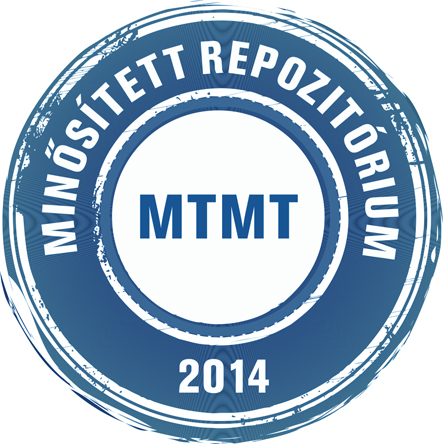Özkök Aslı; Sorkun Kadriye; Çakıroğulları Gül Çelik; Yağlı Hatice Gür; Alsan Ibrahim; Bektaş Berkay; Kılıç Devrim: Dioxin analysis in pine honey from Turkey. In: Acta biologica Szegediensis, (61) 1. pp. 69-75. (2017)
Előnézet |
Cikk, tanulmány, mű
biologica_061_numb_001_069-075.pdf Letöltés (454kB) | Előnézet |
Absztrakt (kivonat)
The aim of the study is to determine concentrations of polychlorinated dibenzo-p-dioxins (PCDDs), polychlorinated dibenzofurans (PCDFs), dioxin-like polychlorinated biphenyls (dl-PCBs) and indicator PCBs (ind-PCBs) in pine (honeydew) honey, which is endemic and popular in Turkey. Marchalina hellenica, which lives on Pinus brutia, is the main source of honeydew, and Apis mellifera L. collects the honeydew for making the pine honey. Pine honey is a very important bee product due to the export all over the world. In this study, honey samples were collected from Muğla and were researched via microscope. The quality of honey samples was determined by correlating NHE (Number of Honeydew Elements) to NTP (Number of Total Pollen) ratio and the honey, which has NHE to NTP ratio higher than 4.5 was accepted as a high density-superior quality pine honey. According to identifications, which have been made via microscope, pooled high quality pine honey sample was selected and analysed for dioxin. All the dioxin results were found lower than the European Union regulatory limits.
| Mű típusa: | Cikk, tanulmány, mű |
|---|---|
| Egyéb cím: | Dioxin analysis in pine honey |
| Befoglaló folyóirat/kiadvány címe: | Acta biologica Szegediensis |
| Dátum: | 2017 |
| Kötet: | 61 |
| Szám: | 1 |
| ISSN: | 1588-4082 |
| Oldalak: | pp. 69-75 |
| Befoglaló mű URL: | http://acta.bibl.u-szeged.hu/49603/ |
| Kulcsszavak: | Dioxin, Toxikológia, Törökország, Fenyőméz |
| Megjegyzések: | Illusztrációval ; Bibliogr.: p. 73-75. |
| Feltöltés dátuma: | 2017. dec. 06. 16:02 |
| Utolsó módosítás: | 2021. ápr. 12. 14:26 |
| URI: | http://acta.bibl.u-szeged.hu/id/eprint/49655 |
 |
Tétel nézet |



